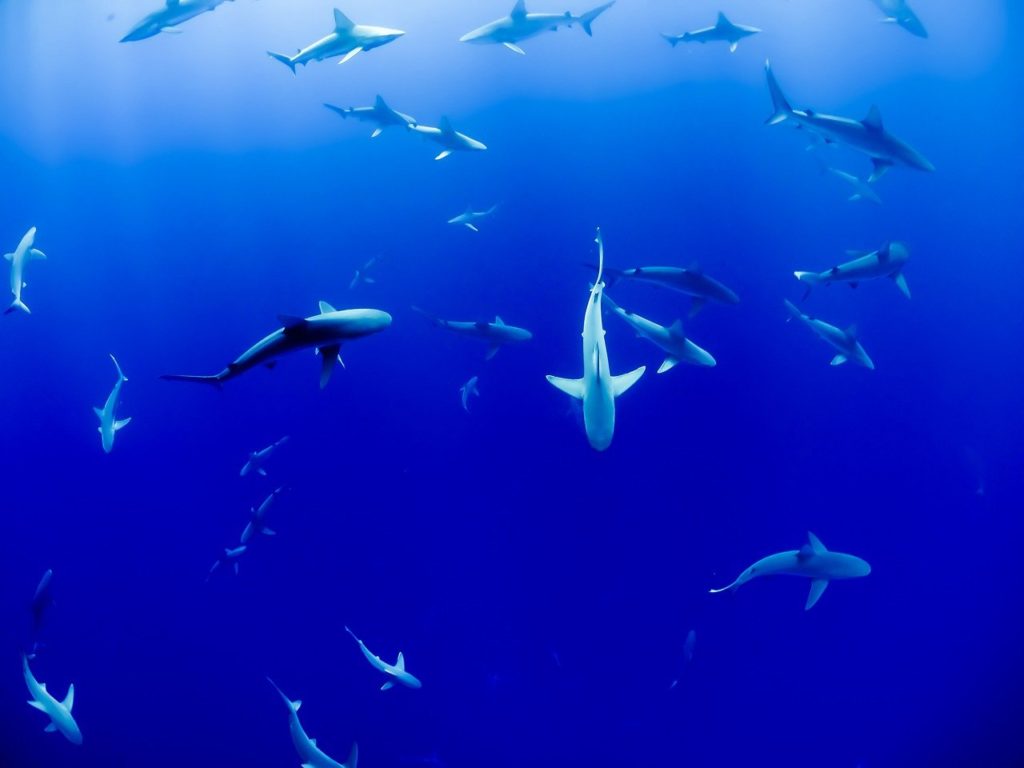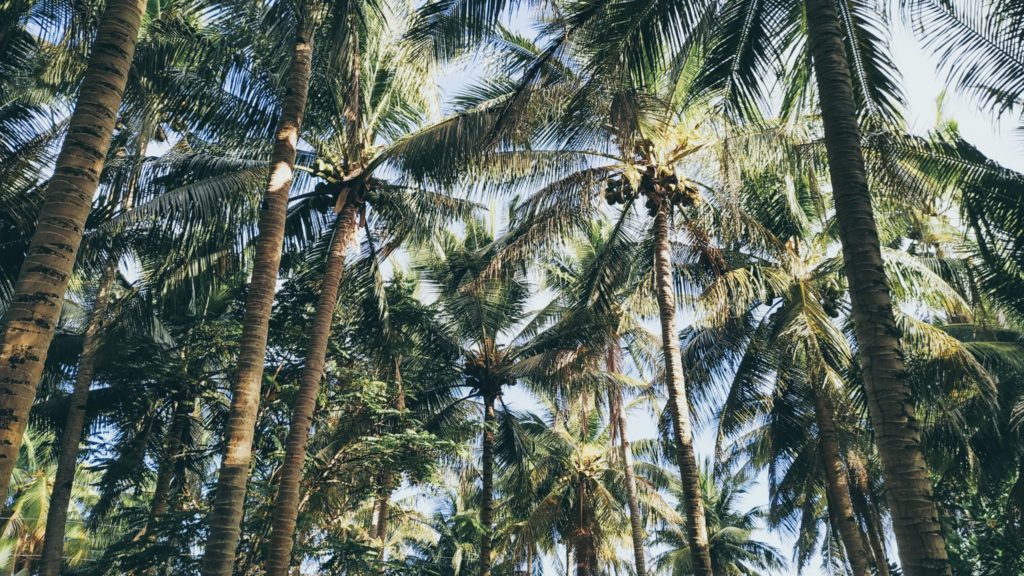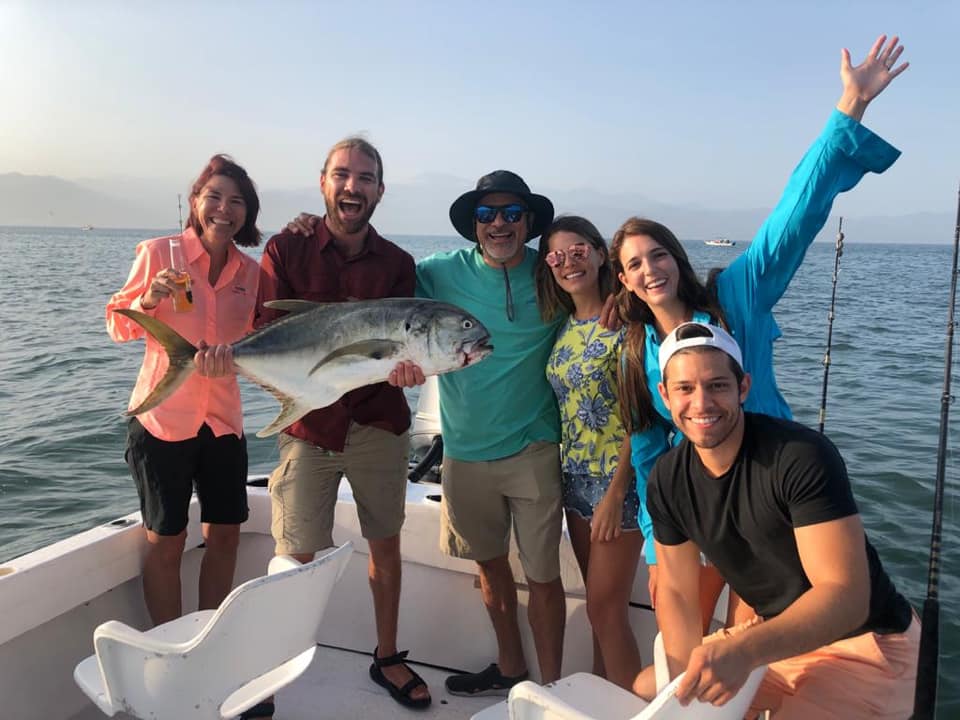When planning your visit to Puerto Vallarta, a popular concern that comes up is whether it’s safe to swim due to the presence of sharks or crocodiles. The good news? Yes, it’s generally very safe to enjoy the waters here! While Puerto Vallarta is home to some incredible wildlife, including sharks, crocodiles, and other marine life, the likelihood of an encounter is extremely rare. Below, we’ll walk you through everything you need to know to feel confident about swimming and enjoying your vacation.
Sharks in Puerto Vallarta
If you’re wondering, “Are there sharks in Puerto Vallarta?” the answer is yes, but there’s no reason to worry. The types of sharks found in Banderas Bay are either small, non-aggressive species or plankton-eating sharks, which pose no threat to humans.
Despite some alarming headlines, shark attacks in Puerto Vallarta are virtually non-existent. The last reported attacks in the region happened in 2008, near Ixtapa-Zihuatanejo, about 10 hours south. These isolated incidents were related to unusual ocean conditions caused by La Niña, but shark attacks in Puerto Vallarta itself are extraordinarily rare. In fact, sharks were heavily overfished in the early 20th century, and their populations have never fully recovered in this region. It was cruel and unsustainable.
If you’re still concerned, rest assured that the chances of encountering a shark while swimming in Puerto Vallarta are extremely slim—almost non-existent. Swimming here is as safe as any beach destination in Mexico.
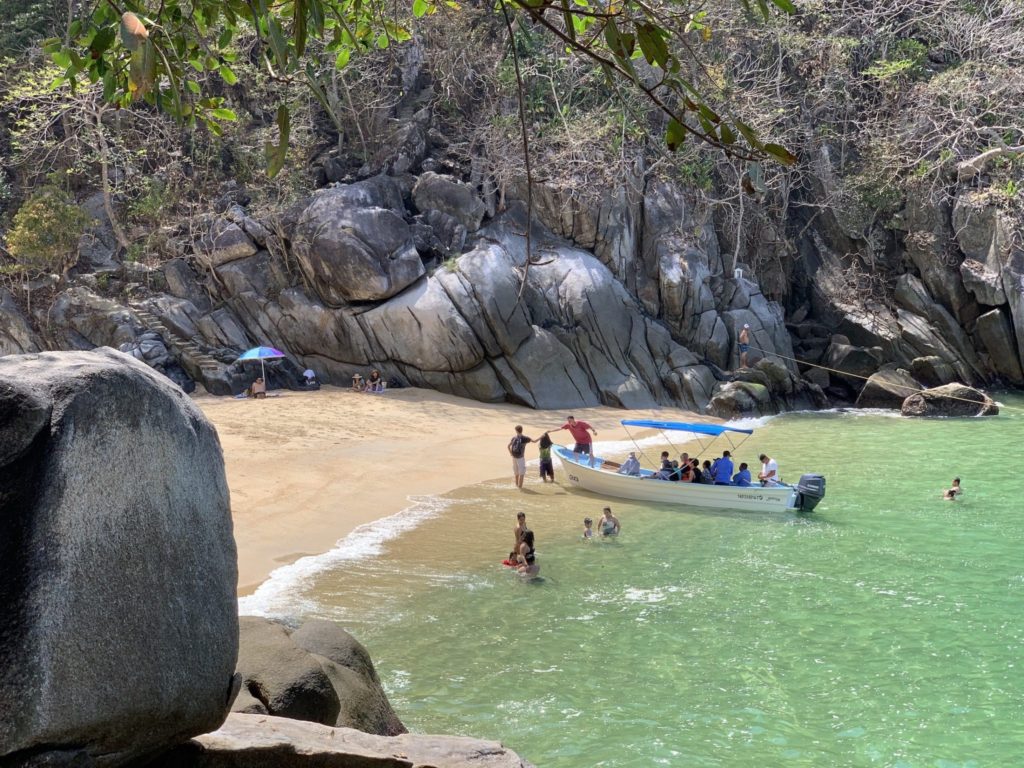
Crocodiles in Puerto Vallarta
Another common concern is, “Are there crocodiles in Puerto Vallarta?” The answer is also yes, but incidents involving crocodiles are very rare and typically occur during the rainy season. During heavy rains, strong river currents may carry crocodiles into the bay. This is why they are sometimes spotted near river outlets, marinas, or even golf courses.
Most crocodiles seen in the area are the American Crocodile, which is typically shy and avoids humans. However, caution should be exercised, especially at night when these reptiles are more active. For example, in 2021, a crocodile incident occurred when a tourist was attacked at night after swimming near a river outlet. Fortunately, the victim made a full recovery.
Their natural behavior is for them to come to the shore at night to rest. Although they can be found in the bay, they tend to be concentrated in 2 different areas: El Salado State Park, a natural mangrove reserve near Marina Vallarta, and El Cora, a crocodile sanctuary.
El Estero is a national protected area of mangroves and marshes, and it is the only urban estuary in Latin America. Its connection to the ocean is permanent, through a channel approximately 20 meters wide, 3 meters deep, and 2 kilometers long that ends at the port harbor. There are almost 99 species of birds, 10 mammals, and 29 amphibians/reptiles.
Local authorities take crocodile sightings seriously and will close beaches if one is spotted. Pay attention to beach flags, as a blue or black flag means swimming is not advised due to a sighting.
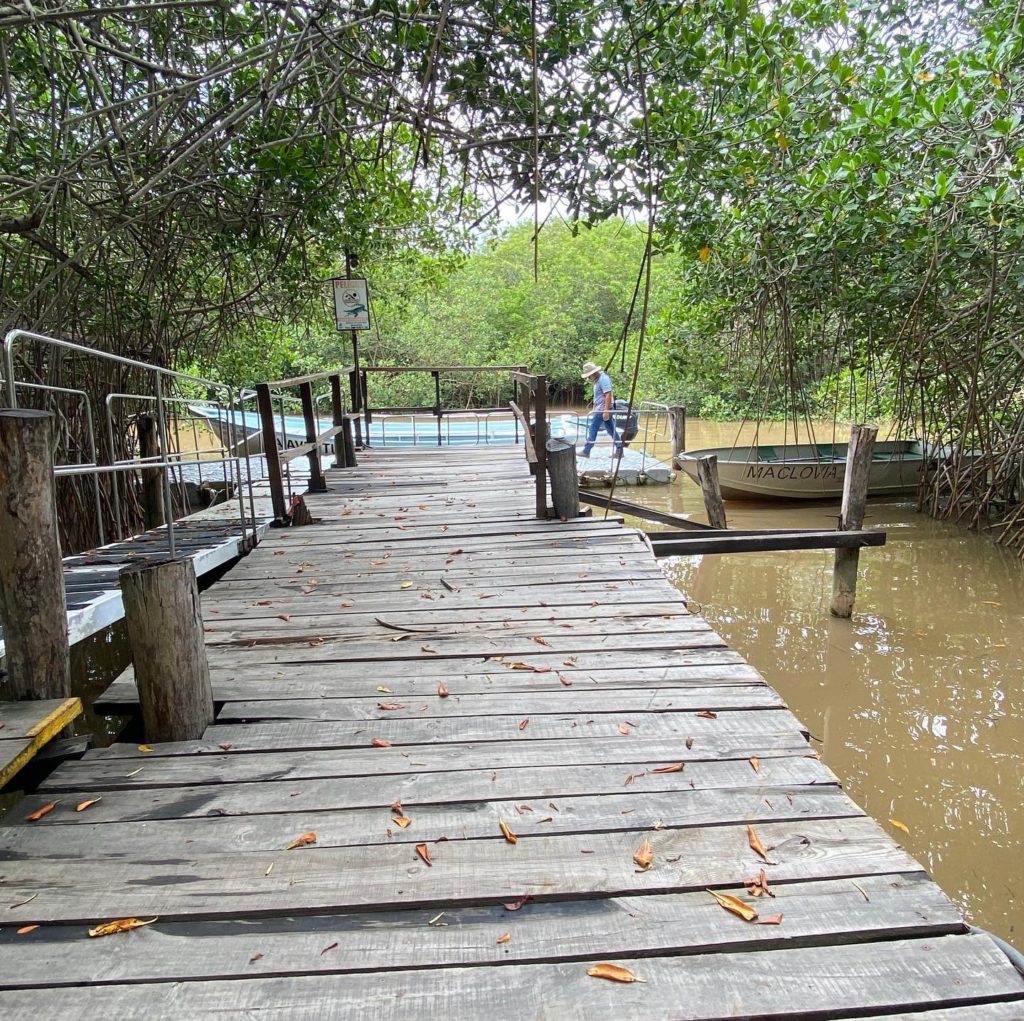
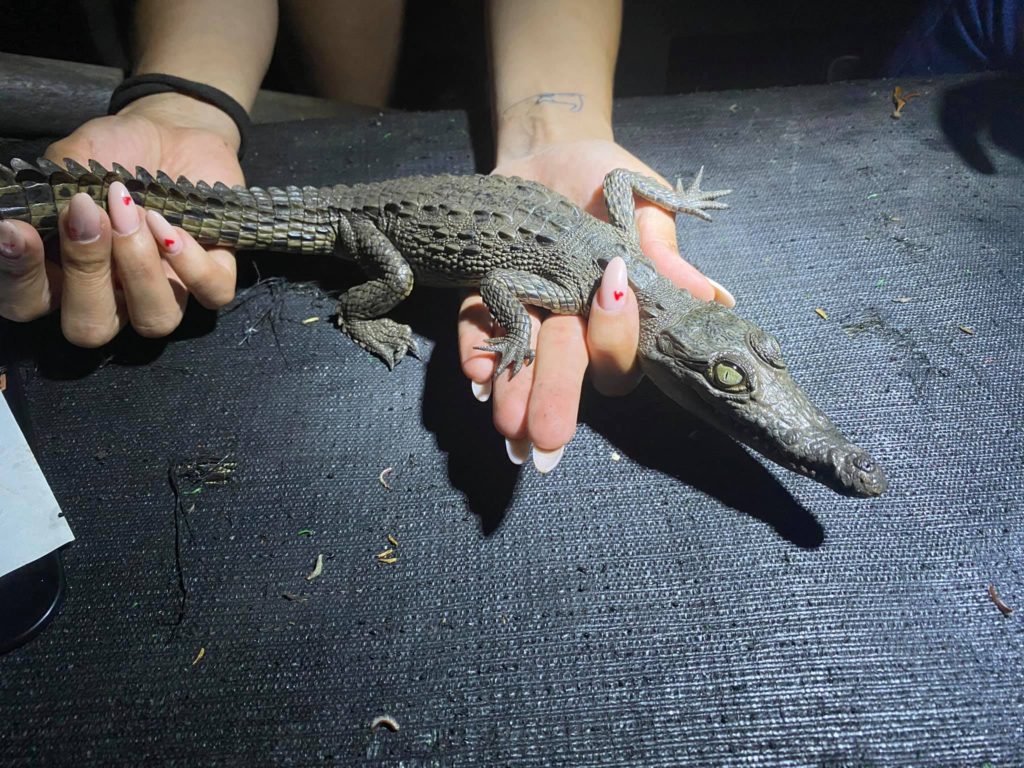

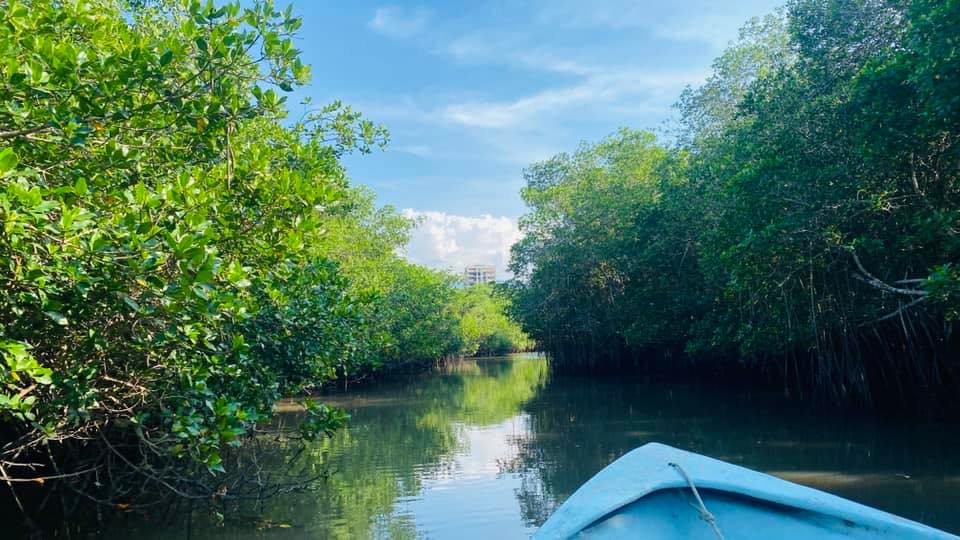

The local American Crocodile species is not as aggressive as the Floridan Aligator, which has quite a reputation of attacking people. A recent crocodile attack in Puerto Vallarta was in July 2021 when a river crocodile attacked an 18-year-old guest at the Marriott Puerto Vallarta, shortly before going on a nighttime swim. Fortunately, she managed to escape and made a full recovery. Just for some perspective, the Marriot is relatively close to the Ameca River outlet and 2 km from a croc viewing area. Crocodiles also normally hunt at night and prefer limited moonlight.
If there is a high risk of crocodiles or if one was sighted, hotels will close the beach and set the flags to blue or black:

Jellyfish Season
Some beach destinations are home to extremely dangerous jellyfish, but fortunately Puerto Vallarta is not one of those. The ones that we do see are only around for a short amount of time, as they are simply passing through. They are seasonal visitors to the area, usually around the spring and summer months. They are not very dangerous, but they may leave you with a painful sting.
The pain can vary from person to person and it depends on the jellyfish species, but we have heard of some rashes lasting for weeks. Other people that are stung are hardly bothered at all and consider it little more than an annoyance.
If you see a blob in the sand while you’re walking down the beach, avoid it and keep an eye out for any more after that. If you accidentally step on one, their sting can be very painful, even if they are already dead.

General Swimming Safety
Banderas Bay keeps Puerto Vallarta and its surrounding areas very safe from many things. The mountain range protects us from strong hurricanes. The shape of the bay also protects us from strong waves, making it great for swimming and water activities. The best surf spots are mostly north, outside of Banderas Bay (like Sayulita) where it is open ocean.
Travel Insurance
When traveling, it’s always wise to consider travel insurance. We recommend coverage that includes medical emergencies, trip cancellations, and trip interruptions to ensure your vacation is stress-free. A plan like InsureMyTrip allows you to compare options and find the right fit for your needs.
- Medical emergency insurance: Your health plan back home may provide zero or very little coverage in Mexico. This type of insurance may reimburse you for medical expenses you incur because of an illness or accident that occurs during your trip.
- Trip cancellation insurance: This covers non-refundable expenses such as tours, excursions, hotels, etc. For example, if a storm hits your vacation destination and forces you to cancel the trip, this insurance can cover 100% of the non-refundable trip expenses that you prepaid. It also covers cancellation due to diagnosed illness before traveling.
- Trip interruption coverage: This is in case you need to cut your trip short and return home sooner than expected. These benefits apply if you or a traveling companion become ill or injured during a trip, for example.
We personally use InsureMyTrip since they are the largest unbiased travel insurance site that allows you to compare prices across dozens of providers and filter for only the specific coverage options you want. Every program is different and it’s important to review the terms of the insurance policy to determine if the plan is right for your needs. To get a quick estimate, click the button below:
FAQ
The sharks in Puerto Vallarta that actually do still exist are either very small and harmless to humans or are plankton-eating.
There has not been a significant shark attack in Banderas Bay. The chances of an encounter are extremely low.
Yes, particularly near river outlets during the rainy season, but encounters are rare.
Avoid swimming in areas where crocodiles have been sighted, especially at night. Follow any local advisories or beach closures.
Yes, it is very safe to swim in the bay. Banderas Bay keeps Puerto Vallarta and its surrounding areas very safe from many things. The mountain range protects us from strong hurricanes. The shape of the bay also protects us from strong waves, making it great for swimming and water activities.
The ones that we do see are only around for a short amount of time, as they are simply passing through. They are seasonal visitors to the area, usually around the spring and summer months. They are not very dangerous, but they may leave you with a painful sting.
A few species to keep an eye out for are: crocodiles, spiders, snakes, scorpions, and mosquitos.

